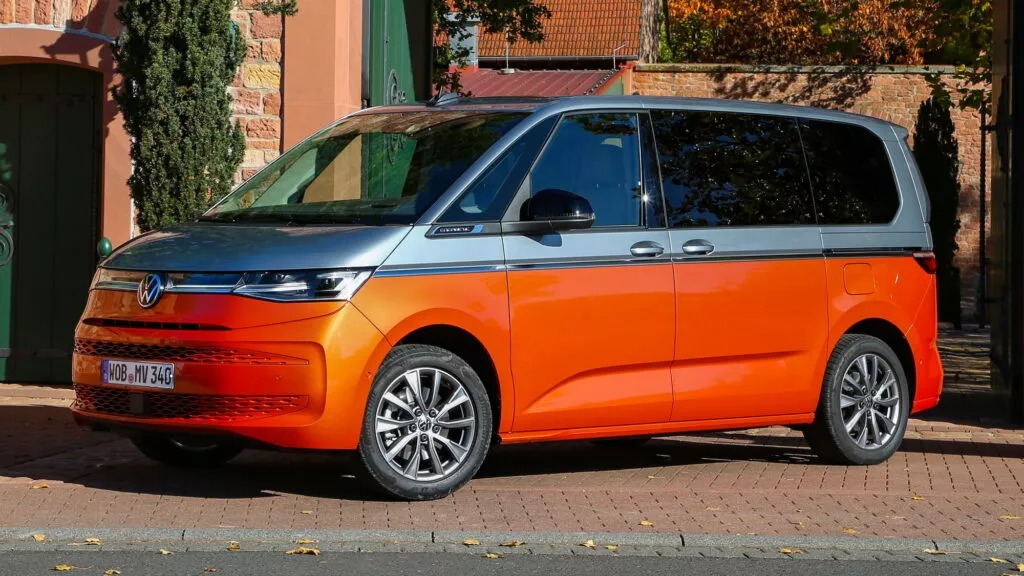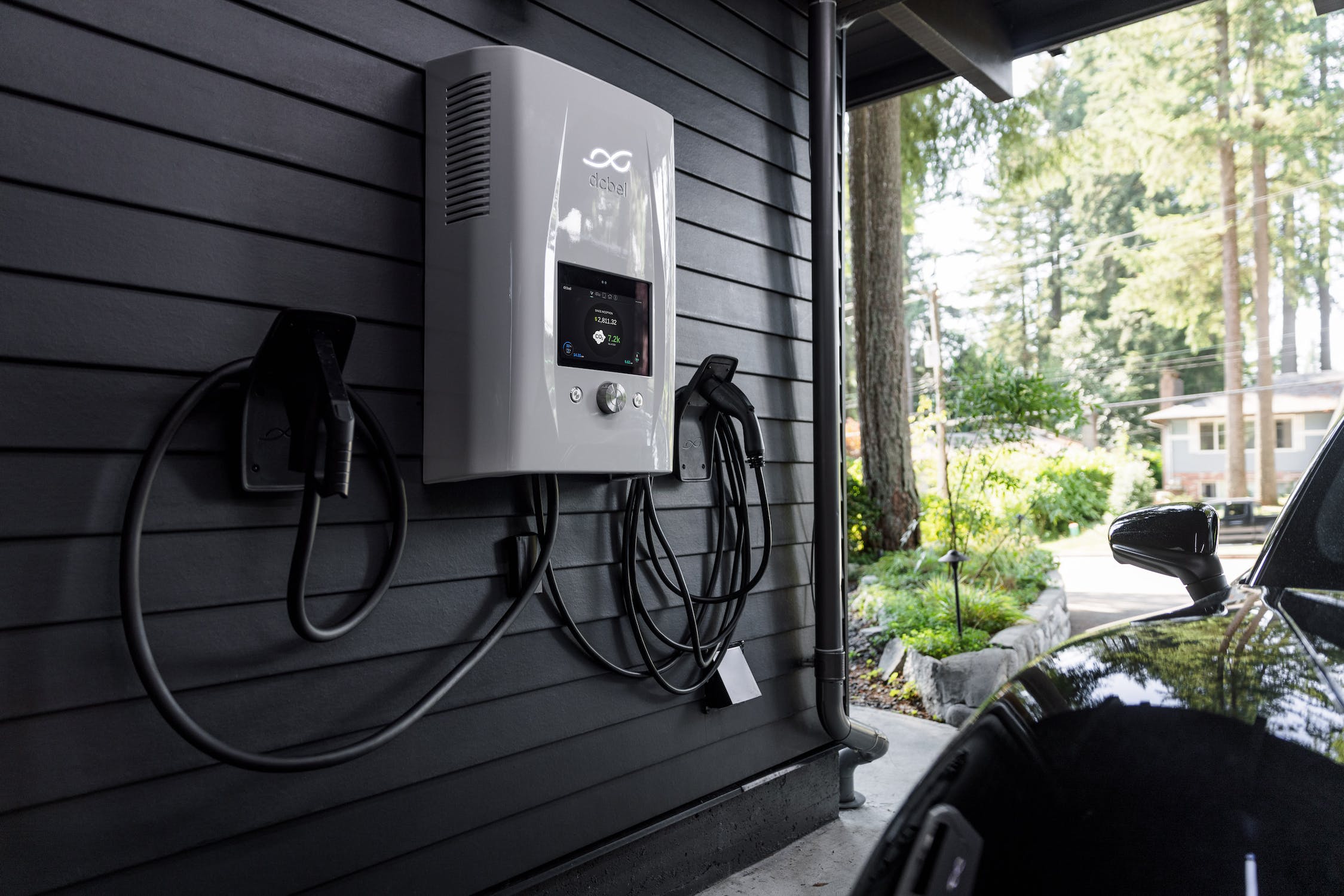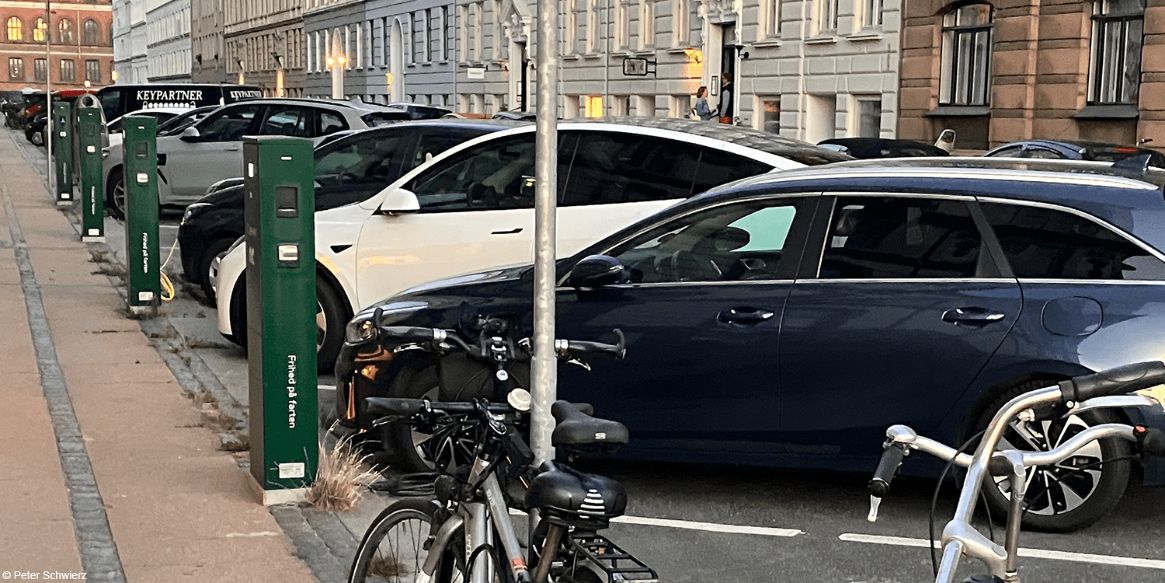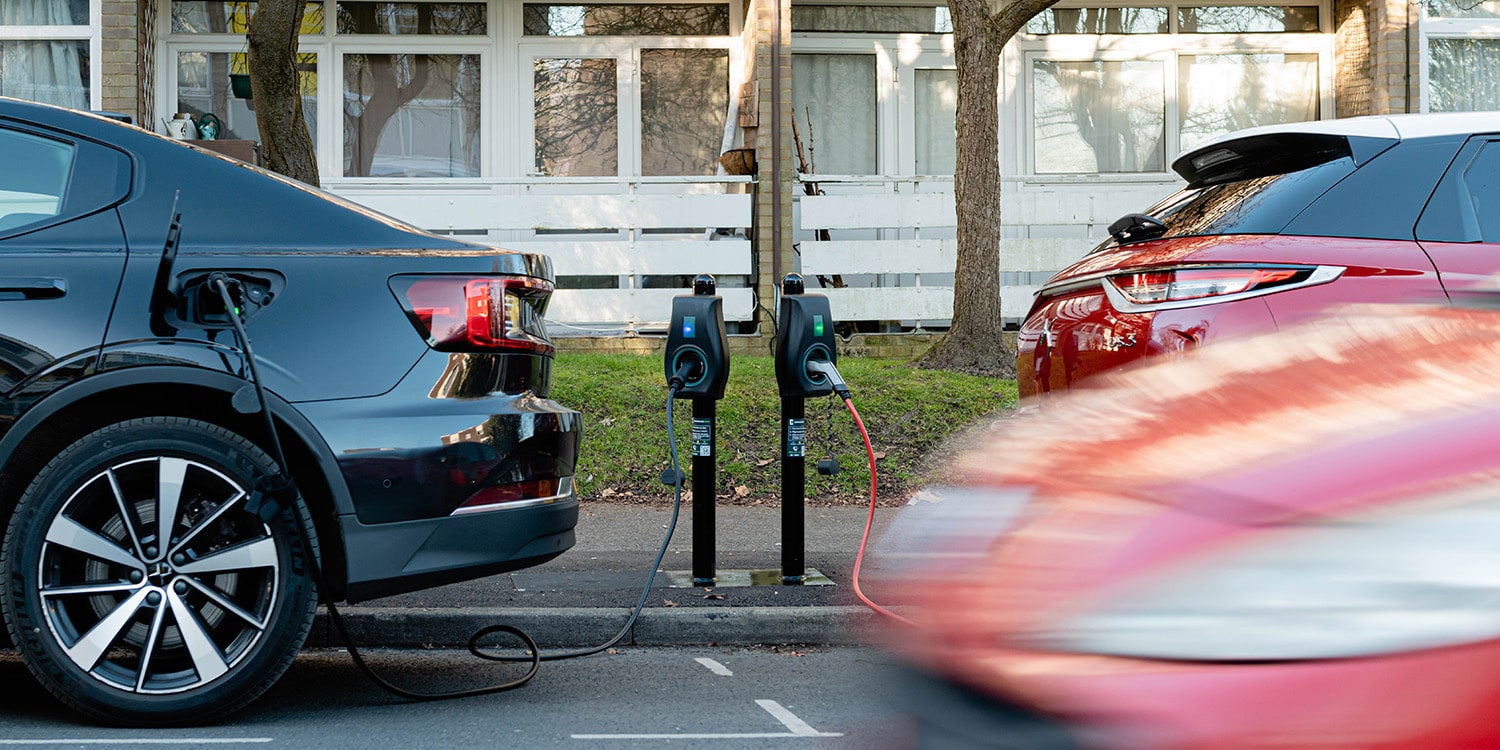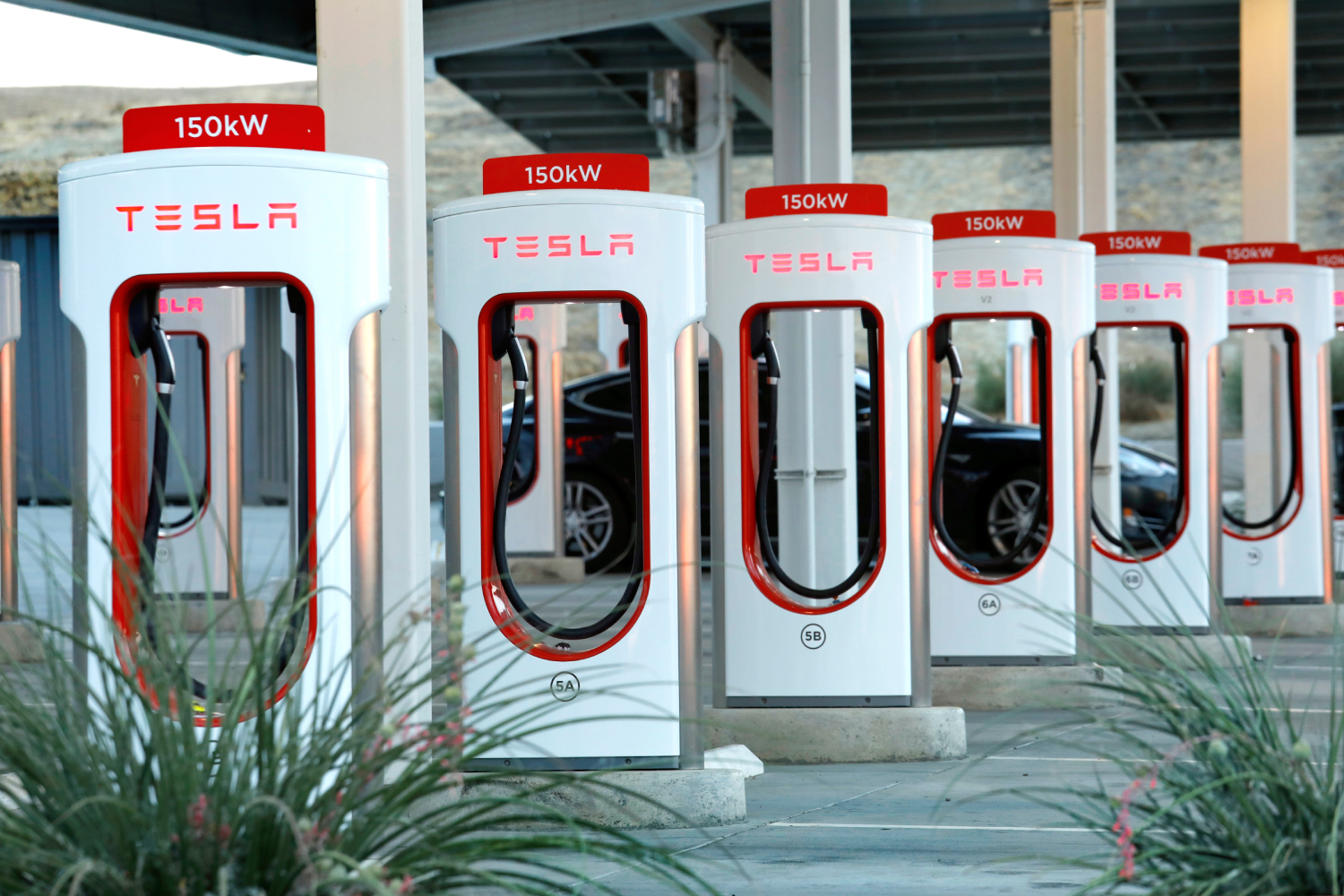Ford of Europe is set to revive classic nameplates like Capri in a bid to sell future electric vehicles (EVs) and make a significant impact on the industry. However, despite tapping into its rich history, the company is not looking to create retro-modern vehicles and is refusing to be constrained by past designs.
According to recent reports, Ford’s next European EV will be named Capri, and it will be the second model the automaker bases on Volkswagen’s MEB electric vehicle platform. In an interview with Autocar, Ford’s head of European design, Amko Leenarts, revealed that reviving classic nameplates would be an important strategy for the brand.
See also: Ford interest in using classic names with an established market appeal on electric vehicles
Leenarts believes that capitalizing on the “equity of an older name” while giving it a new design interpretation could prove successful. “It’s about the tension between something that’s got the equity of an older name and something that’s completely new,” he said. “Ford is blessed with a unique perspective that nobody else has because of its age.”
While Leenarts recognizes the importance of Ford’s history, he is not interested in designs that are too reverent to the classic vehicles of the past. “Retro designs aren’t moving us forward,” he said. “It’s always about totally new interpretation: that’s what makes it interesting.”
Leenarts did not confirm that Ford’s next model will be called the Capri, but he did reveal that it would be a departure from the automaker’s current design language. He said that this decision came about as a result of customer feedback.
“What was really hurting me was them saying we were boring. And that was the part I got really engaged in,” he said. “I said: ‘Okay, we have to come up with unique proposals: car designs that are clearly differentiated, that offer a unique perspective that nobody else has.’”
See also: Volkswagen Rumored to Revive Golf Nameplate for Upcoming Electric Hatchback
As a result, Ford’s EVs will look nothing like its other vehicles. This spirit of change has already been expressed in the new European Explorer EV, which has a boxier and more minimalistic design than Ford’s other vehicles, such as the Puma and the Kuga.
Leenarts understands the importance of creating something exciting and not just different. He stated that the next EV, which has only been referred to as a “Sport Crossover,” can’t look boring. “I think there are some products out there that try a little bit too hard, and in the end it gets to something that’s almost an appliance design,” he said. “So, a pitfall is appliance design. Don’t make it look like an appliance; it’s got to be sexy.”
Overall, Leenarts believes that reviving classic nameplates while offering a new design interpretation is an important tactic for Ford. By doing so, the automaker hopes to differentiate itself from competitors and offer customers a unique perspective on the future of EVs. As Leenarts put it, “the public loves that we’re bringing back nameplates to new territories.”


